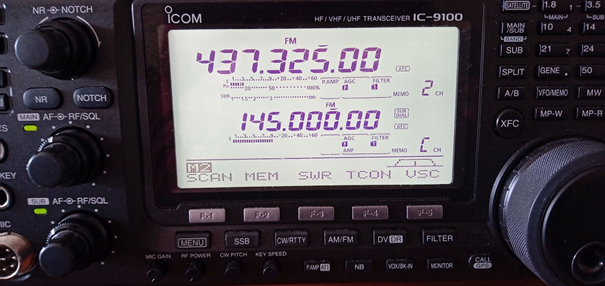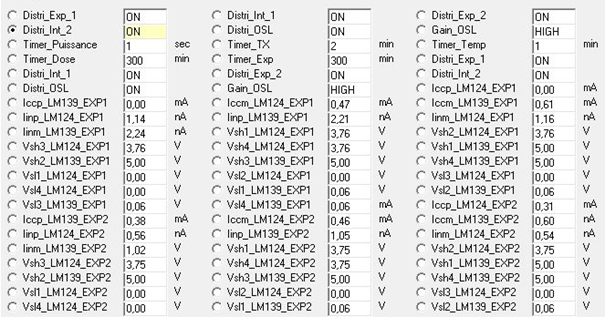First signal from a CUBSESAT

After the University’s long period of closure caused by COVID-19, we were finally able to resume our activities. For the first time the ground station at the UPEC was able to receive a signal from a CUBESAT.
After our first VHF signal received from the ISS in February, we pointed our antennas to smaller satellites called CUBESAT. We were listening in the UHF band in FM, with an AFSK demodulation of 1200 bits / s.
We chose to listen to ROBUSTA-1B, which was one of the first nanosatellite sent by the French Space Campus in Montpellier. ROBUSTA-1B is a small cubic nanosatellite (10x10x10 cm) weighing about 1 kg and still functional.
With our ICOM receiver, tuned to the downlink frequency of the telemetry data (437.325 MHz), we were able to receive and decode our first frames. The frames are periodically sent by the CUBESAT (every two minutes).
2020-09-11 09:09:24.880 UTC: [276 Bytes KISS Frame (without CRC)]
from FX6FR to F4KJE:
1 > 00 97 29 5B 5F FF FF FF FF FF FF 01 02 01 2C 01 2C 01 FF FF
21 > FF FF FF FF 01 00 01 00 0C 02 DC 02 BB 00 6B 01 BF 00 70 01
41 > 03 03 03 03 03 03 02 03 FF 03 FF 03 FF 03 FF 03 00 00 00 00
61 > 00 00 00 00 0D 00 0D 00 0D 00 0D 00 0D 02 8C 02 10 02 B9 02
81 > 5C 00 AD 00 58 00 A8 00 00 03 00 03 00 03 00 03 FF 03 FF 03
101 > FF 03 FF 03 00 00 00 00 00 00 00 00 0D 00 0D 00 2D 00 0D 00
121 > 4F 00 24 00 0B 0C 4F 00 24 00 01 0C 34 01 A7 00 A7 00 02 04
141 > 03 03 DD 03 69 15 05 06 2F 01 A2 15 39 04 B5 15 41 04 31 0C
161 > E1 03 D2 14 FF 03 1F 04 F9 14 8A 02 74 00 00 00 4E 97 29 5B
181 > 5F 00 00 00 53 A0 29 5B 5F 00 00 00 53 11 83 59 5F 00 00 00
201 > 44 73 EF 55 5F 11 04 00 48 73 EF 55 5F 9C 00 00 44 77 EF 55
221 > 5F 11 04 00 48 77 EF 55 5F 9C 06 00 4E F0 35 56 5F 00 00 00
241 > 53 FA 35 56 5F 00 00 00 5A CA A0 76 52 11 22 00
The frame contains 256 bytes (Bytes) of useful data, for a total length of 276 bytes, which corresponds to the maximum number of data contained in a frame in the AX25 format.
ROBUSTA-1B’s radio call sign is FX6FR (Prefix FX as a French satellite), and the radio call sign for the Montpellier ground station is F4KJE (Prefix F as France).
Each of the 256 bytes has a specific meaning and encodes physical quantities measured in the CUBESAT.
We then used a software that decodes the raw telemetry, here is the information obtained on the status of the satellite:

We can read the temperatures, voltages, currents, powers etc…
Vbat is the voltage tension of the main battery in the nanosatellites. The vital components of the CUBESAT must be monitored and transferred to the ground station. This way, if there is a critical failure, we can trace back to what caused it.
Then comes the information concerning the on-board computer (OBC: On Board Computer) and that of the scientific experiment called payload (PAYLOAD):

The aim here is to measure the degradation of electronic components subjected to radiation in space (Electrical parameters of an LM124 operational amplifier and an LM139 comparator).
Next step: Receive telemetry from a CUBESAT, in UHF band with a GMSK demodulation at 9600 bits / s, which will be the transmission mode of the first UPEC CUBESAT.
Article written by Daniel Kalinowski, head of the UPEC Space Campus ground station

